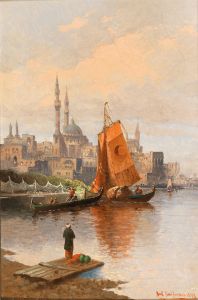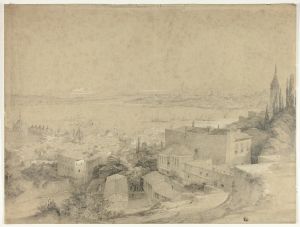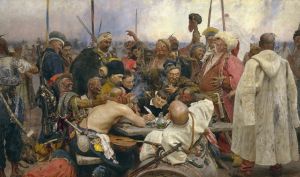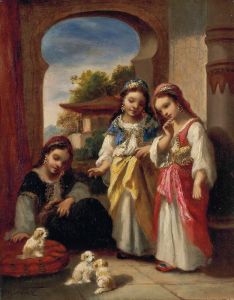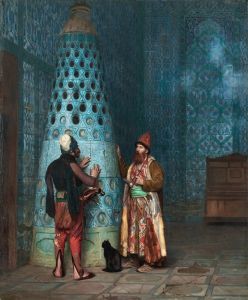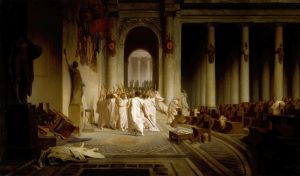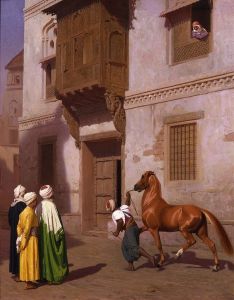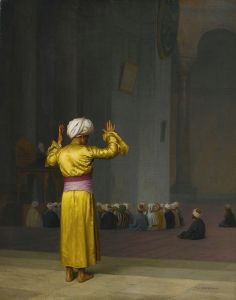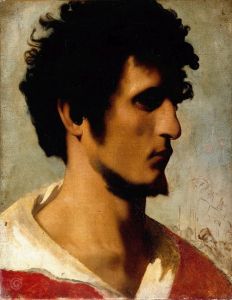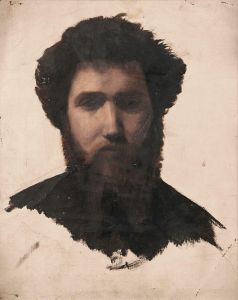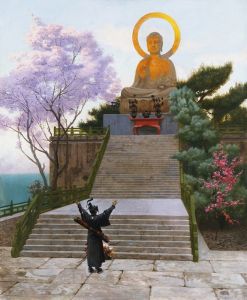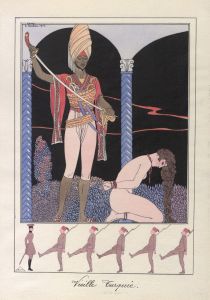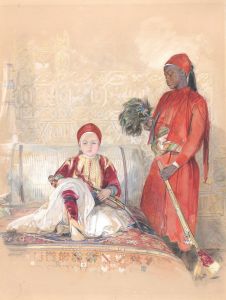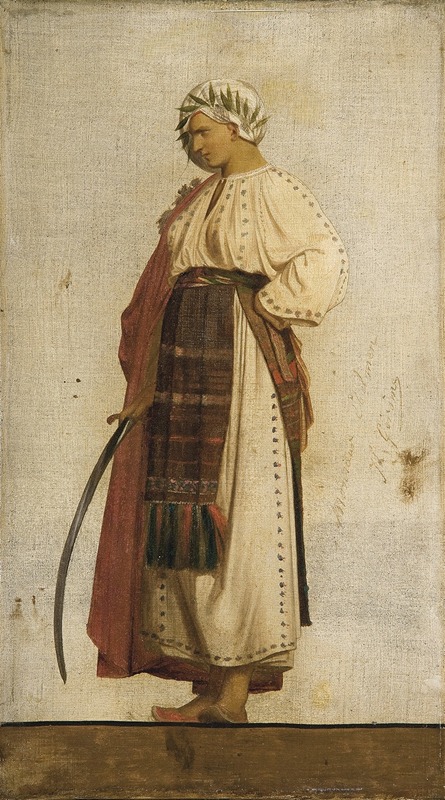
Personnage symbolisant la Turquie
A hand-painted replica of Jean-Léon Gérôme’s masterpiece Personnage symbolisant la Turquie, meticulously crafted by professional artists to capture the true essence of the original. Each piece is created with museum-quality canvas and rare mineral pigments, carefully painted by experienced artists with delicate brushstrokes and rich, layered colors to perfectly recreate the texture of the original artwork. Unlike machine-printed reproductions, this hand-painted version brings the painting to life, infused with the artist’s emotions and skill in every stroke. Whether for personal collection or home decoration, it instantly elevates the artistic atmosphere of any space.
Jean-Léon Gérôme's painting "Personnage symbolisant la Turquie" is a work that reflects the artist's interest in Orientalism, a genre that was popular in the 19th century and involved the depiction of Eastern cultures by Western artists. Gérôme, a French painter and sculptor, was known for his detailed and historically informed works that often portrayed scenes from the Middle East, North Africa, and the classical world.
"Personnage symbolisant la Turquie" translates to "Figure Symbolizing Turkey," suggesting that the painting is intended to represent or embody the nation of Turkey through a symbolic figure. Gérôme's works often included figures dressed in traditional attire, set against backdrops that were meticulously researched to reflect the architecture and landscapes of the regions he depicted. This attention to detail was a hallmark of Gérôme's style, as he aimed to provide an authentic representation of the subjects he painted.
Gérôme's fascination with the East was part of a broader trend among European artists and intellectuals during the 19th century, who were captivated by the cultures and aesthetics of the Ottoman Empire and other Eastern regions. This interest was fueled by increased travel and exploration, as well as the political and economic interactions between Europe and the East. Orientalist art, including Gérôme's, often walked a fine line between admiration and exoticism, sometimes perpetuating stereotypes while also providing a window into the diverse cultures of the East.
The painting likely features elements typical of Gérôme's Orientalist works, such as rich textiles, intricate patterns, and a focus on the human figure. Gérôme was known for his ability to capture the textures and colors of fabrics, as well as the play of light and shadow, which added a sense of realism and depth to his paintings. His figures were often depicted with a sense of dignity and poise, reflecting his respect for the subjects he portrayed.
While specific details about "Personnage symbolisant la Turquie" are limited, Gérôme's broader body of work provides context for understanding the themes and techniques he employed. His paintings often served as a bridge between Western audiences and Eastern cultures, offering a glimpse into a world that was both familiar and foreign to his contemporaries. Gérôme's art continues to be studied and appreciated for its technical skill and its role in the history of Orientalism.
In summary, "Personnage symbolisant la Turquie" is a testament to Jean-Léon Gérôme's mastery of Orientalist painting and his ability to convey the richness and complexity of Eastern cultures through his art. While the painting itself may not be as widely known as some of his other works, it remains an important part of his oeuvre and a reflection of the 19th-century fascination with the East.






